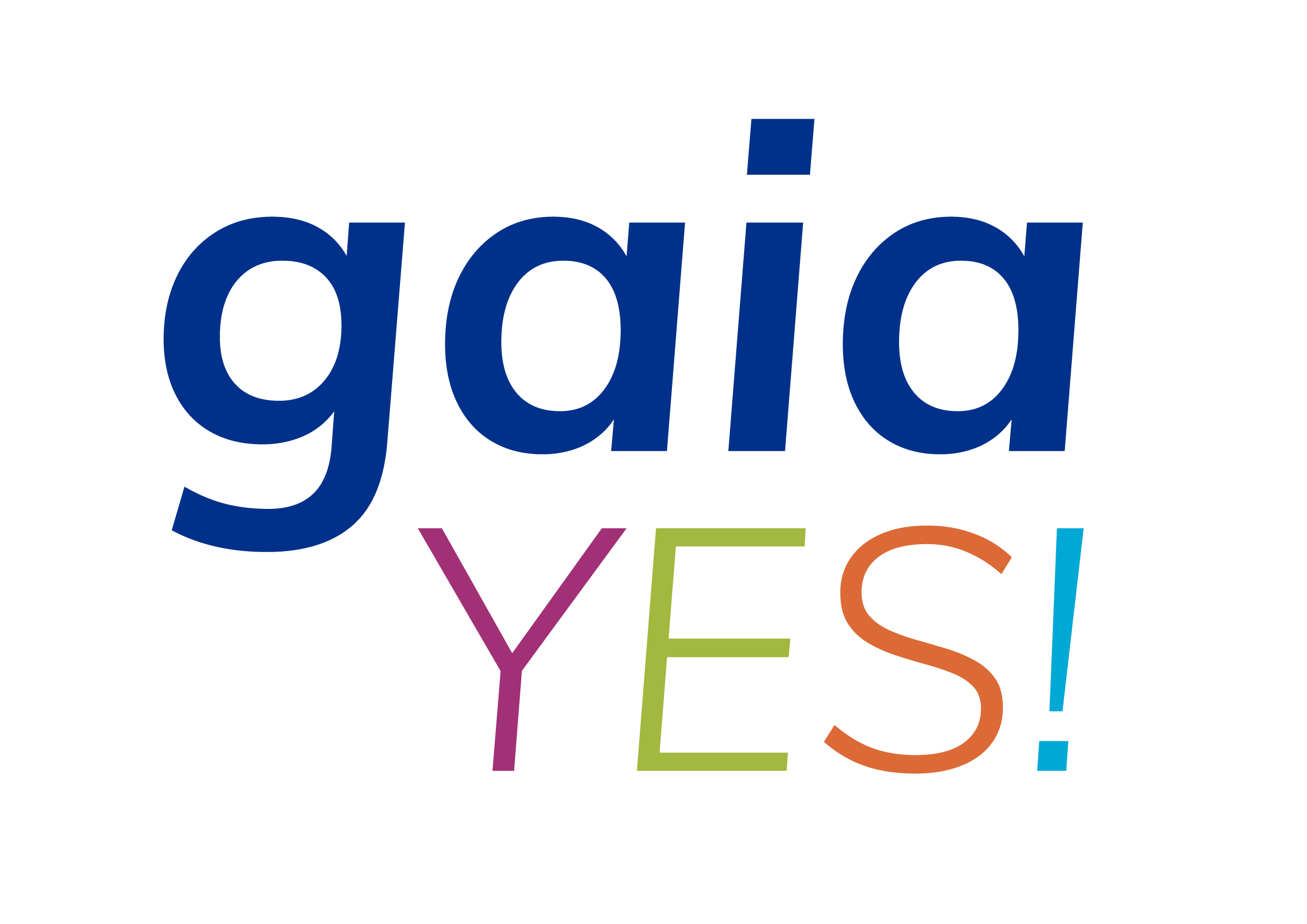INTRODUCTION
Discuss with pupils the (long-term) consequences of the current monetary system with its built-in debt creation and possible alternatives, such as ethical/social banking, local currency, gift economy, time banking, sustainable investment and savings. This is followed by practical assignments, such as mapping existing local alternative money systems, conducting an experiment with time banking, designing a new currency and more.
Relevance
Why?
Banking systems and currencies are based on debt & unsustainable
How?
Review alternative, ethical systems
What?
Conduct alternative monetary experiments in class
SDG’s
SDG 9: Industry, innovation and infrastructure; SDG 12: Responsible consumption and production; SDG 17: Partnerships for the goals
Subjects
Mathematics, society studies.
Learning outcomes
Head:
- Describes main features of debt-based monetary system
- Recognizes the role & outcomes of interest in current monetary systems
- Bring examples of alternative currencies
- Explains the effect of an alternative currency to the local region
- Bring examples of & discuss crypto currencies aimed to sustainability
- Describes social banking and describes examples at local and regional levels
- Explains concept of gift economy & the principles of time banking
Hands:
- Makes calculations of how banks issue new money based on loans
- Conducts an experiment of time banking with pupils over period of time
- Investigates & maps local projects / enterprises of microcredit, crowdfunding, sustainability investments & saving funds & other alternative financial measures
- Designs a project of a potential alternative currency for the school/ local community
- Researches and presents an example of alternative currency
- Visits ethical / social bank with class/group


0 comments
Leave a comment
Please log in or register to post a comment